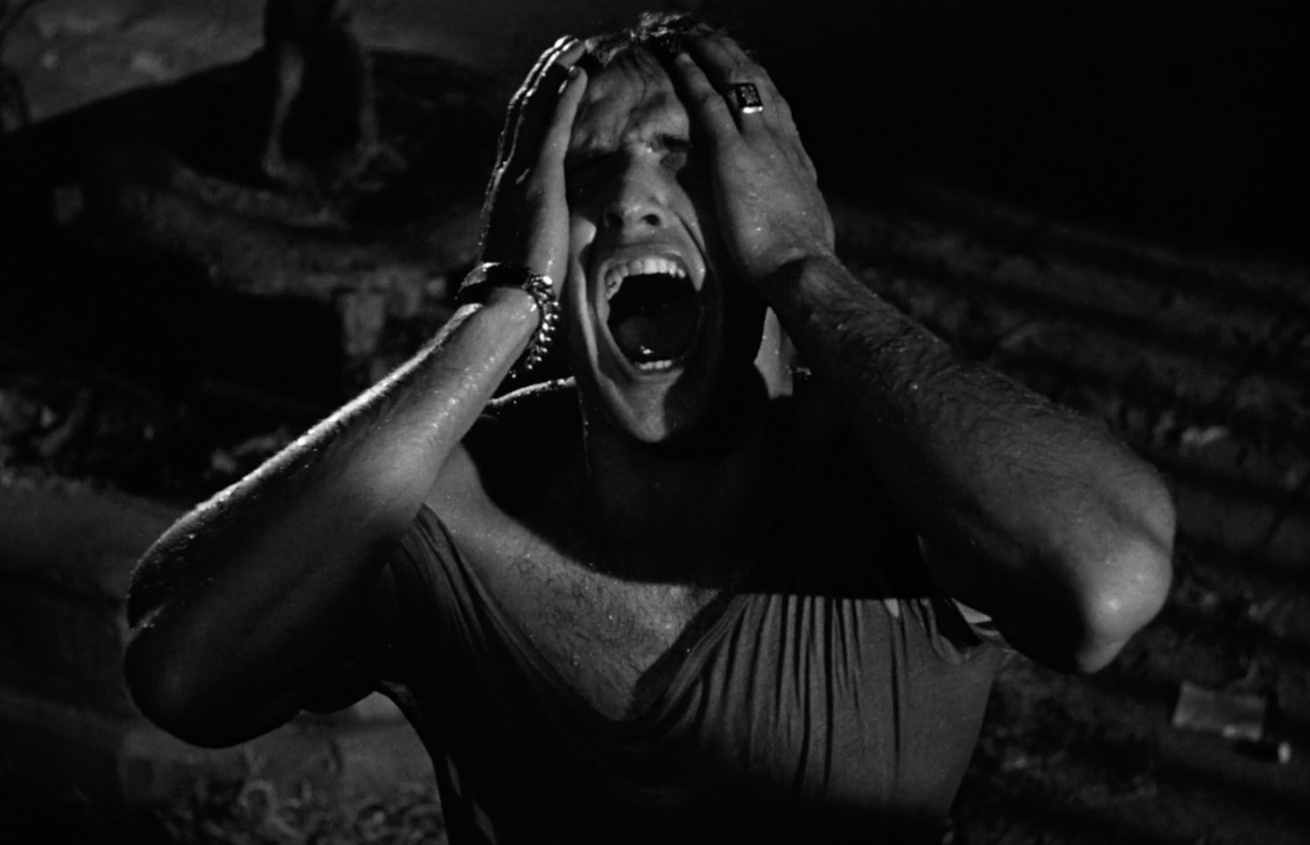A subversive, steamy film classic that was adapted from master of socially conscious Southern Gothic melodrama Tennessee Williams’ Pulitzer Prize-winning play, A Streetcar Named Desire stands as a towering achievement of American cinema. The powerful, naturalistic performances; the pushing of censorship boundaries; the opening up of the play to include distinctly cinematic elements and techniques; the electrifying, feverish atmosphere all contributed to the film being the first to ever win three acting Oscars for the same film. Marlon Brando, Kim Hunter and Karl Malden all reprised their Broadway roles (along with director Elia Kazan), while Vivien Leigh was plucked from the British stage version.
A Streetcar Named Desire tells the story of the pathetic mental and emotional demise of a determined, yet fragile, repressed and delicate Southern lady (Blanche DuBois, played by Vivien Leigh) born to a once-wealthy family of Mississippi planters. Her impoverished, tragic downfall in the squalid, cramped and tawdry French Quarter one-bedroom apartment of her married sister (Stella, played by Kim Hunter) and animalistic brother-in-law (Stanley, played by Marlon Brando in a performance that is largely credited for bringing the Stanislavski or “Method” acting style to Hollywood films) is at the hands of savage, brutal forces in modern society. In her search for refuge, she finds that her sister lives (approvingly) with drunkenness, violence, lust, and ignorance.
Visceral, bold, decadent and emotionally intoxicating, A Streetcar Named Desire is a masterclass in every aspect of filmmaking.
